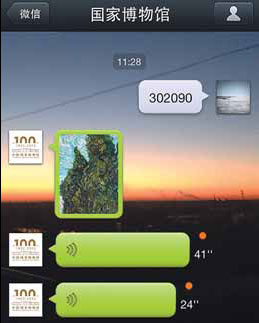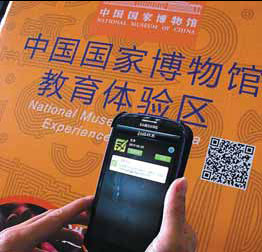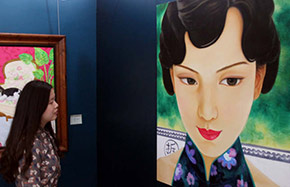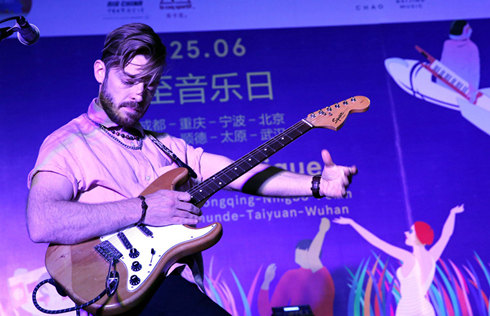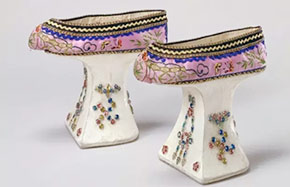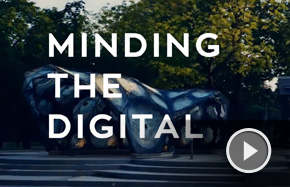Art at your fingertips in museums
|
Interface of the National Museum of China's Weixin account. Provided to China Daily |
|
A two-dimension code is scanned by a museum visitor. Jiang Dong / China Daily |
Digital technologies have been helpful in improving the museum's service and enhancing audience experience. Weixin, a popular instant-messaging app marketed internationally as WeChat, is another successful example.
Since the National Museum of China opened a Weixin account six months ago, more than 100,000 have subscribed to its services.
Besides related information, such as the latest exhibitions, the platform includes free audio services for exhibitions.
It only takes the user to type the exhibit's number or name to get information. According to museum statistics, the service on Weixin has been used about 163,000 times for the Nature in Western Art exhibition and has been instrumental in bringing about a surge in visitor numbers.
"The public can still appreciate the exhibits after exhibitions have closed," Huang says.
The museum plans to boost the service on its Weixin platform. Meanwhile, more functions, such as bookings, are being developed on the platform, he adds.
According to Huang, applying new technological tools has greatly improved the efficiency of the museum's operation and lowered its costs.
"In the past, we often had to spend a lot of money to develop or purchase hardware to help visitors.
"Now we only have to focus on the content. Platforms like Weixin and channels like the Internet are already there for our use."
The museum has made remarkable progress in applying digital technology.
Since 2009, it has developed two apps, one for self-help and one for exhibition information based on Android and IOS systems. They immediately received widespread attention and were recommended on Apple's App Store and many android app platforms.
At the same time, it has tried to build "never-ending" online virtual exhibitions with 3-D technology.
Many exhibitions staged in the museum in the past two years are still accessible online. For those who can't come to the museum, they can appreciate the exhibits through the 3-D web page which vividly recreates the exhibition hall.
Zheng Qinyan, from the China Central Academy of Fine Arts who has studied both Chinese and Western museums, believes the application of new media and other digital technologies points to a new trend for Chinese museums.
She notes that traditional historical and heritage museums in China have long been unable to fully carry out their responsibility of public education.
"Chinese museums need to adjust their role and further open up to the public. The fast development of digital technology and social media has become a useful tool," Zheng says.
In recent years, a large number of Chinese museums have used social media like micro blogs to communicate with the public.
For example, the National Museum of China's official accounts on Sina Weibo and Tencent Weibo have grabbed 3.8 million followers since they were opened in 2010, while the Palace Museum has 4.3 million followers.
Their micro blogs have opened a new window and shortened the distance between museums and the public, according to Zheng.
She suggests that many Chinese museums can actually compete with their international counterparts in terms of new technology. However, there is still room for improvement in their services.
"How to ensure the public get what they really need through the new technological tools is an important subject that most Chinese museums should think about," Zheng says.




